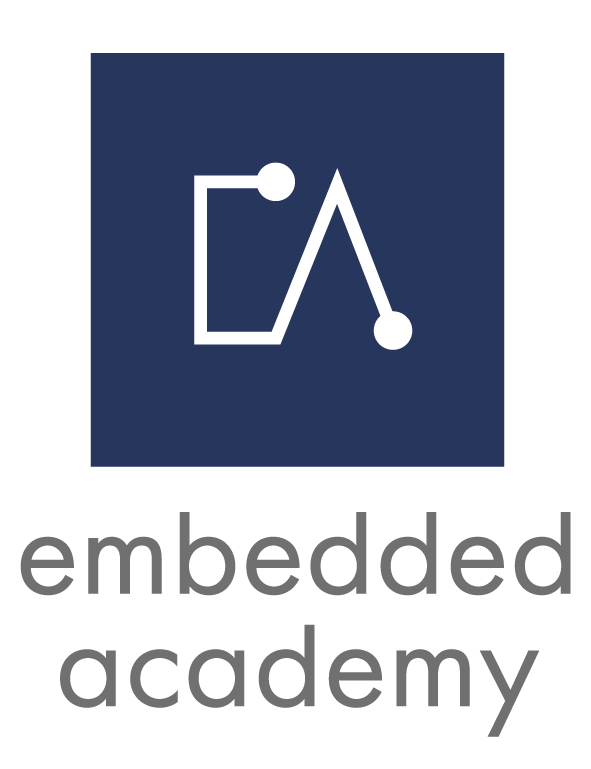E-Learning Course V4.0 ASPICE – Acquisition and Supply
Content
E-Learning V4.0 Automotive SPICE® – Supplier Monitoring (50 min)
- ACQ.4: Context
- ACQ.4: Supplier Monitoring
- ACQ.4: Output Information Items
E-Learning V4.0 Automotive SPICE® – Product Release (35 min)
- SPL.2: Supply Process Group
- SPL.2: Product Release
- SPL.2: Output Information Items
Target
The target of this course is to understand V4.0 ASPICE and to get detailed information about the supplier monitoring and the product release.
This course is relevant for everyone how is involved in project management or supplier monitoring. This may also include technical experts who need to include 3rd-party software. If your company works according to Automotive SPICE® you can complete this course to get to know the relevant processes.
Trailer
Insights
Inhalt des Kurses
What Are Supplier Monitoring and Product Release?
The version 4.0 of Automotive SPICE® includes 32 processes, which are represented in the process reference model. The processes are divided into 11 groups. In this e-learning course the Supplier Monitoring ACQ.4 and the Product Release SPL.2 are covered. The Supplier Monitoring is the only process in the Acquisition Process Group while the Product Release SPL.2 is the only process in the Supply Process Group SPL.
Why are Supplier Monitoring and Product Release Needed?
Automotive SPICE processes are designed to enable structured and therefore effective work. This applies not only to the system and software development, but also to supplier monitoring, which is often crucial to the success of a project. A system is only as good as its parts, and if a supplier fails, this can jeopardize the entire project. Product release is needed to deliver a clearly defined and baselined product composed of several release items. The product is accompanied by appropriate documentation including a release note.
How are Supplier Monitoring and Product Release Related to Embedded Systems?
Supplier monitoring plays a very important role in the development of embedded system. Suppliers are not only supplying parts they are often also directly involved in the development. Suppliers might deliver software parts to the overall embedded system, e.g. MCAL from the chip producer, further parts of the AUTOSAR stack, single software functions or full functionalities. For this the supplier interaction has to be clearly defined and described. Joint processes need to be described and established. Interfaces usually include project, requirements, change and configuration management, problem resolution, quality assurance and customer acceptance. The product release is in fact the release of an embedded system including all parts of the embedded system, such as baselined embedded software.
What Can You Learn About Supplier Monitoring and Product Release in the Embedded Academy E-Learning?
In this course we provide e-learning units to the acquisition process group and the supply process group. The processes are Supplier Monitoring ACQ.4 and Product Release SPL.2.
At the beginning of the Supplier Monitoring ACQ.4 e-learning you get to know the connections between the different processes. The e-learning provides you with the details of the process itself, the base practices, and the output information items. It always highlights the connection between different topics. This is particularly helpful for practical application work when processes and relationships need to be understood.
The e-learning on Product Release SPL.2 also starts with the introduction to the Supply Process Group SPL. Within the e-learning you will get to know all the details of the Product Release including process outcomes, work products and more. The release note is the most complex output information item and is explained in detail.
You must log in and have started this kurs to submit a review.
